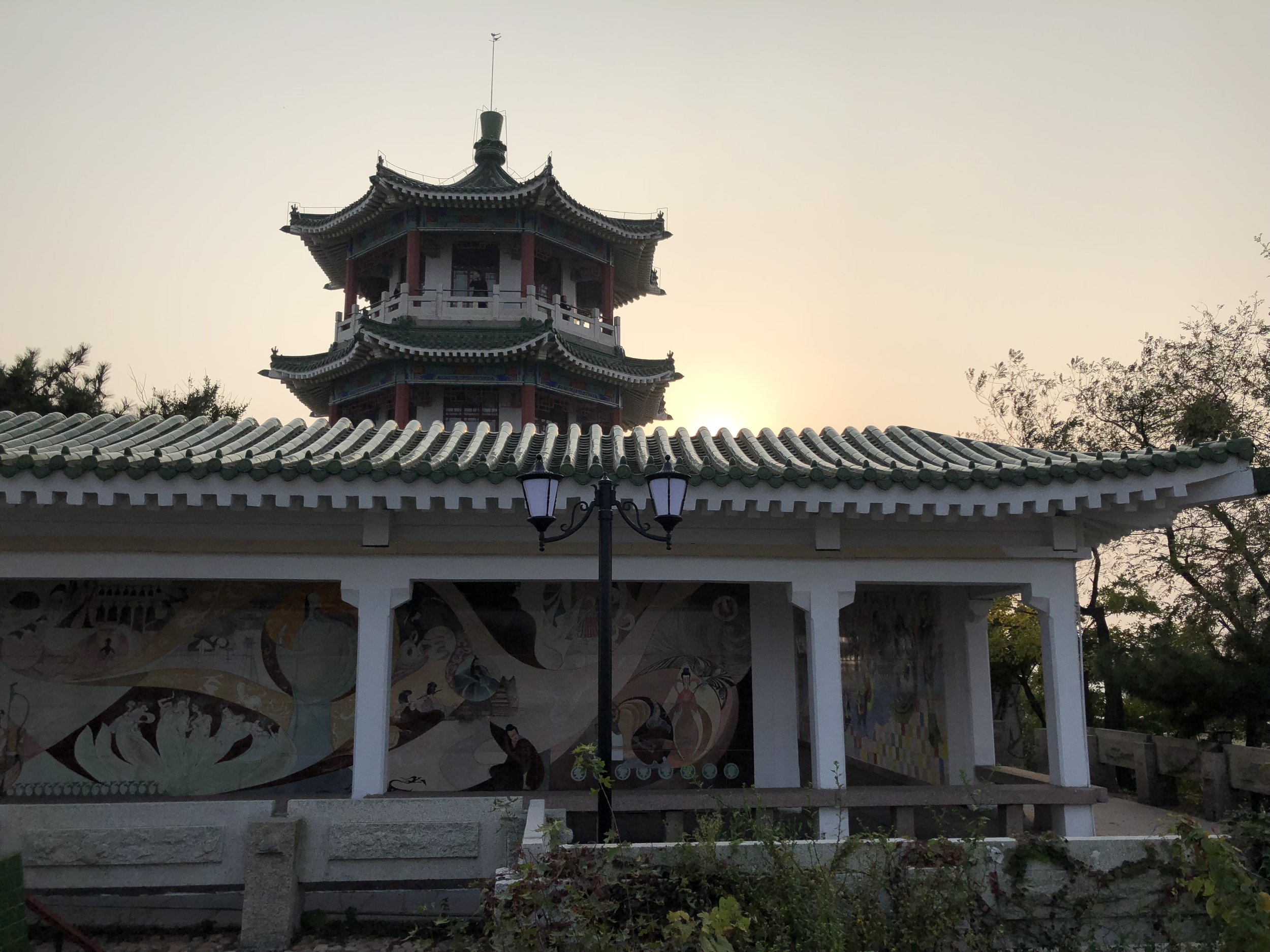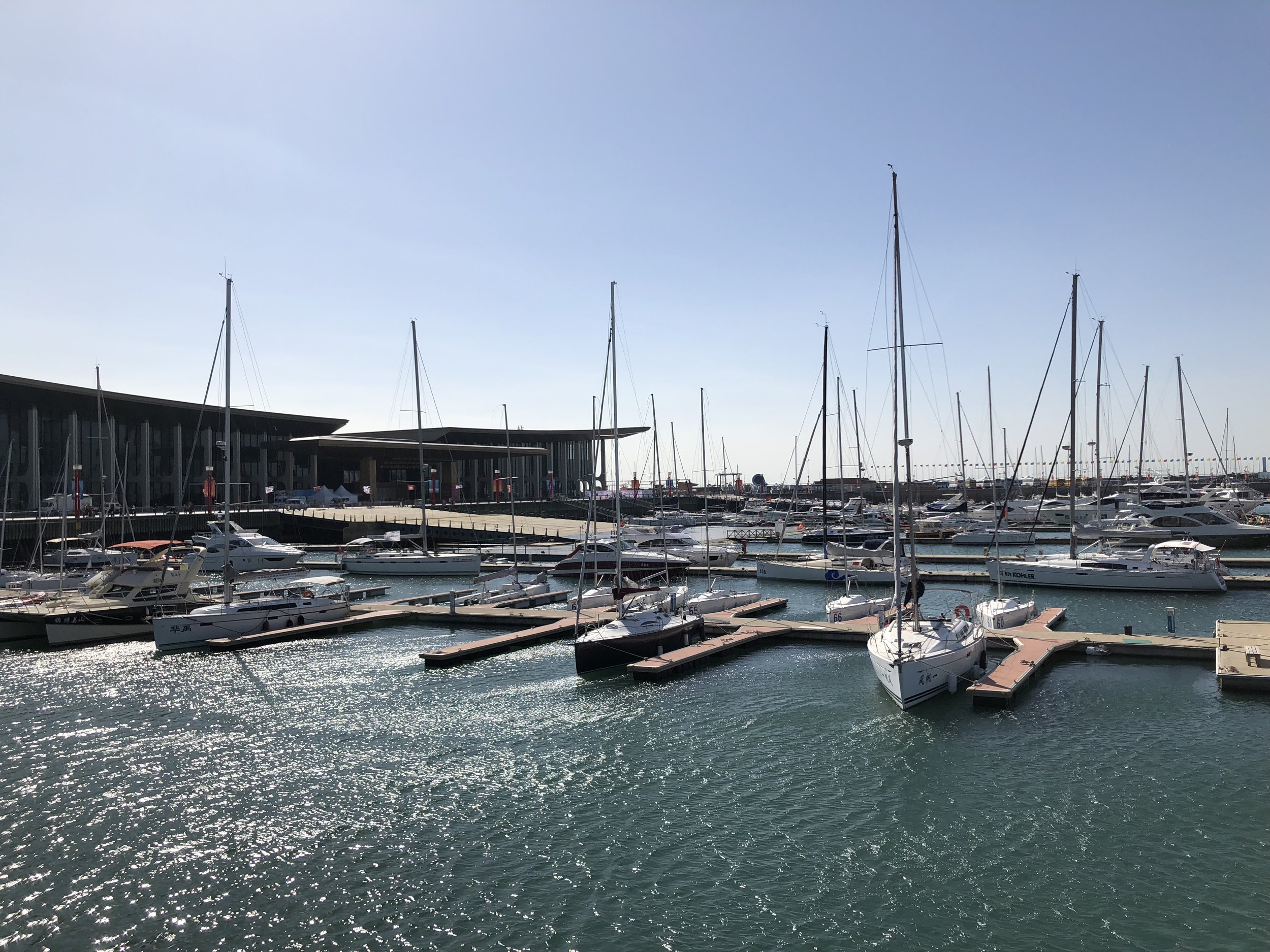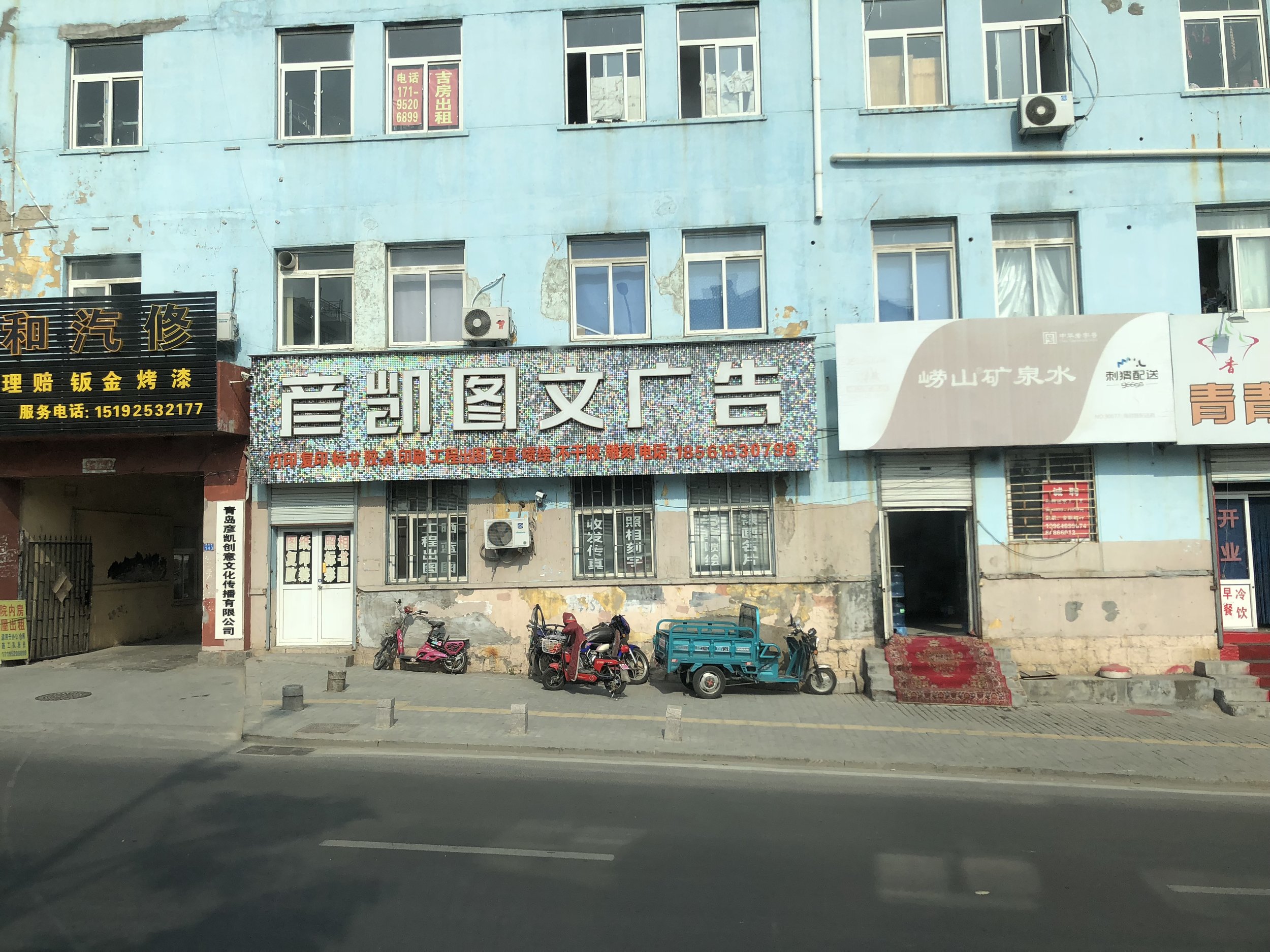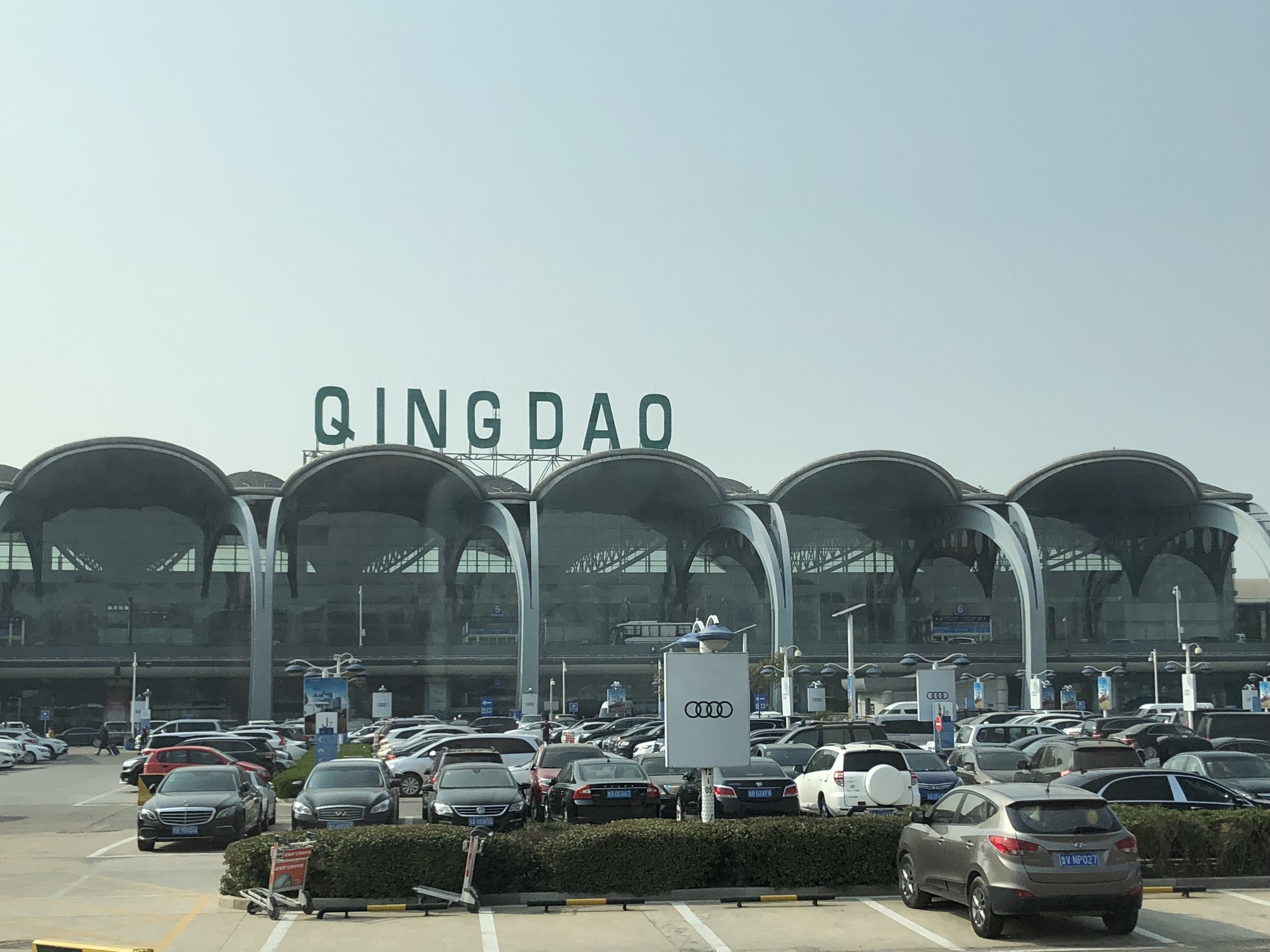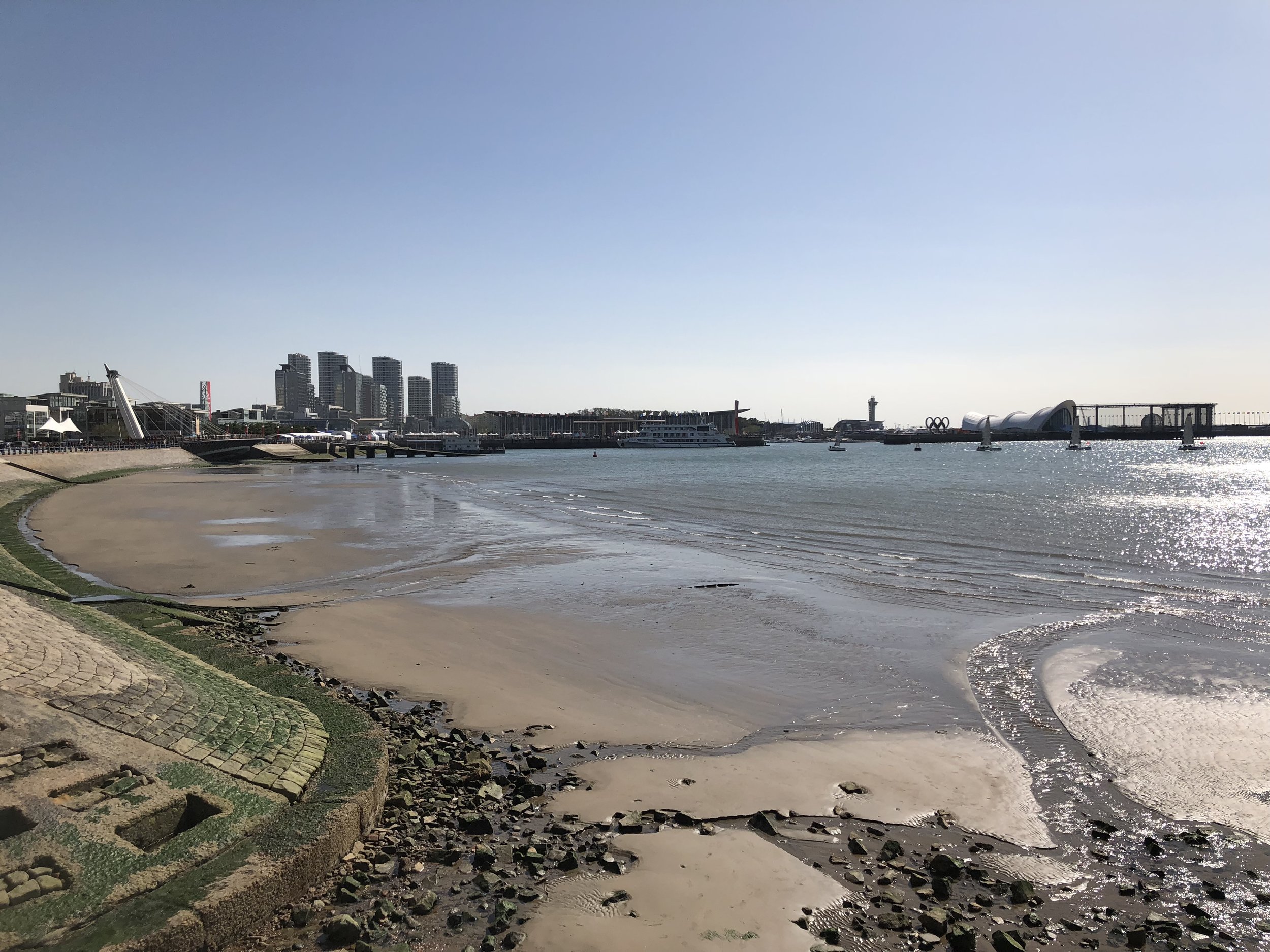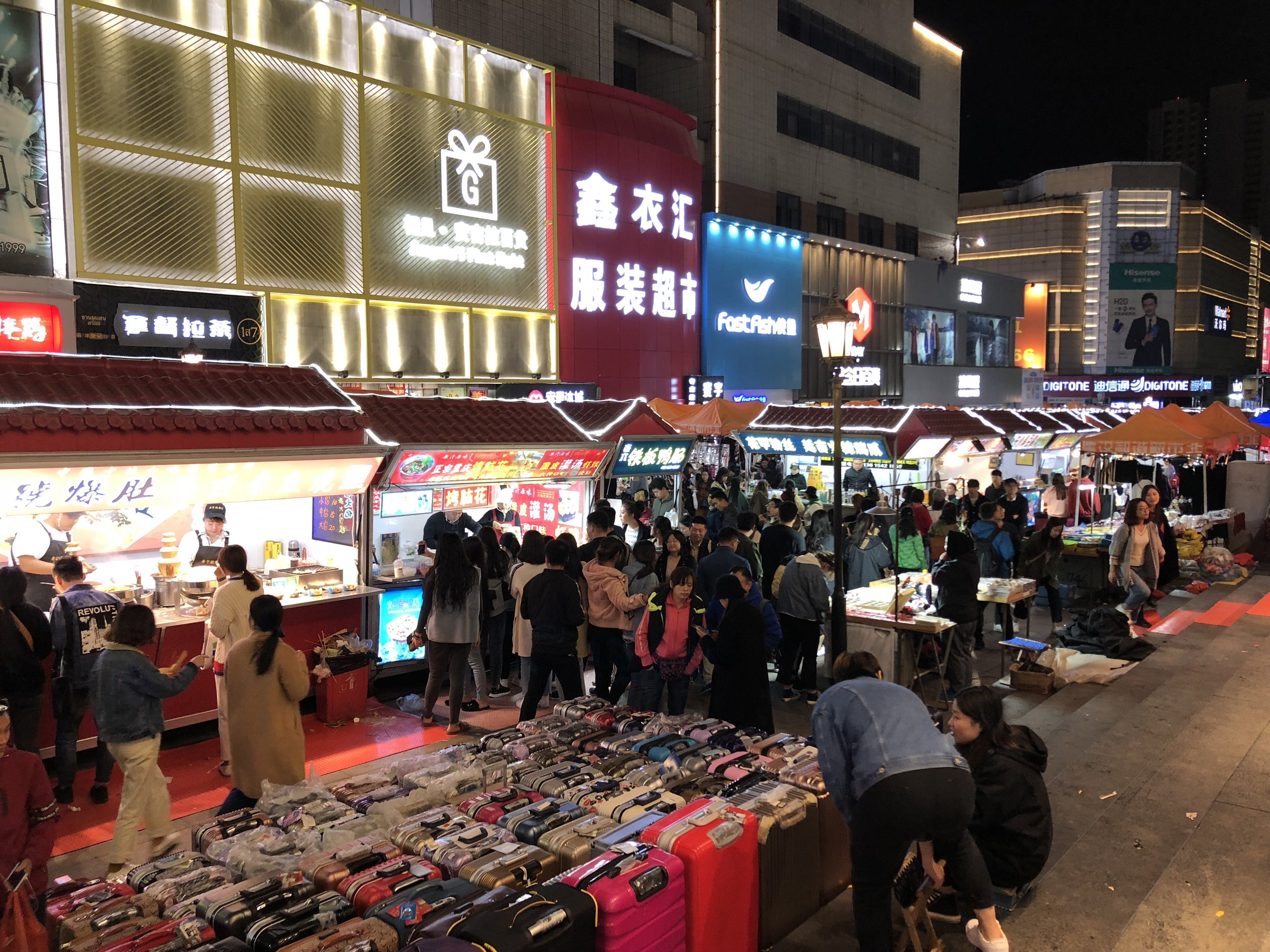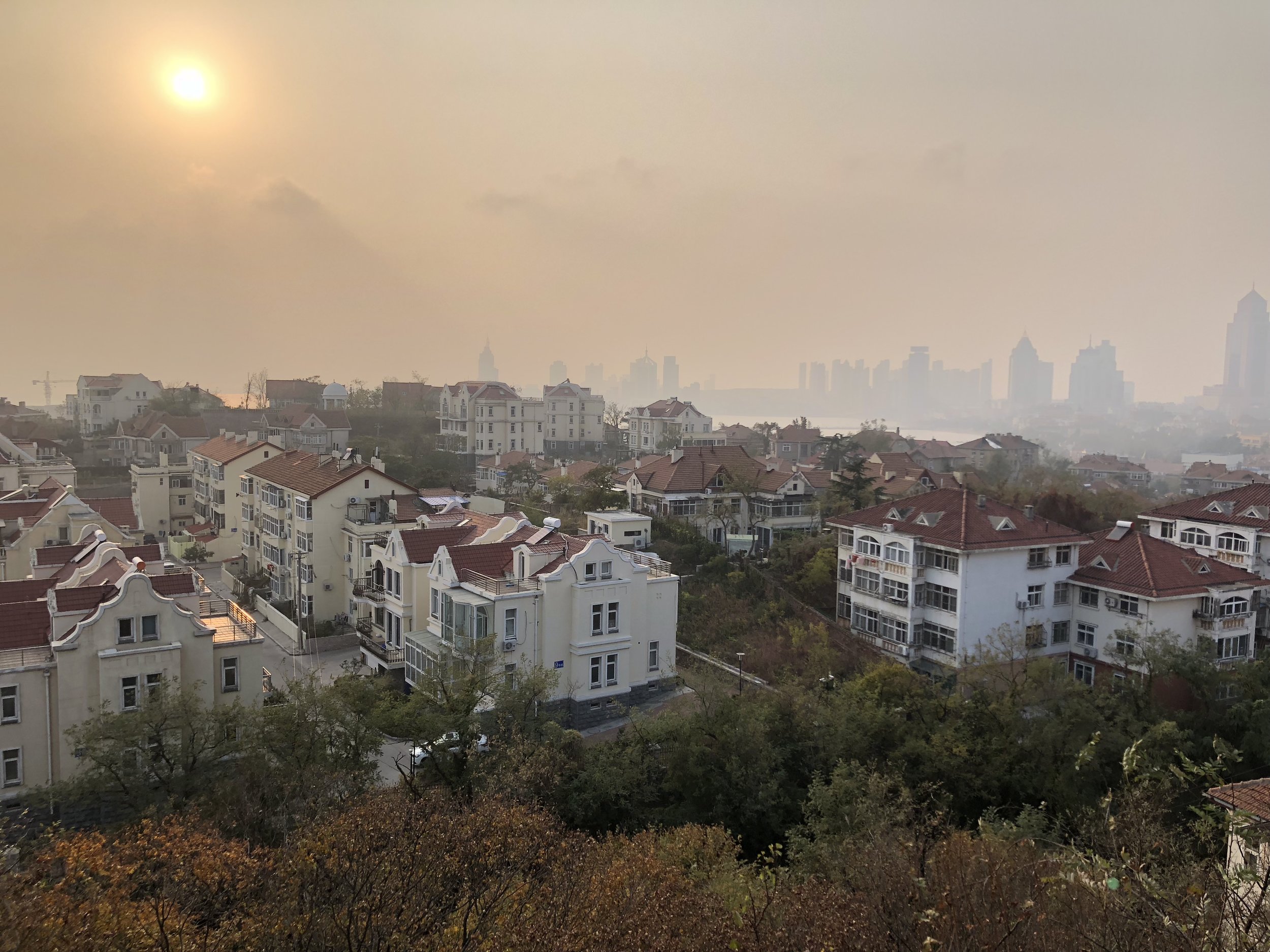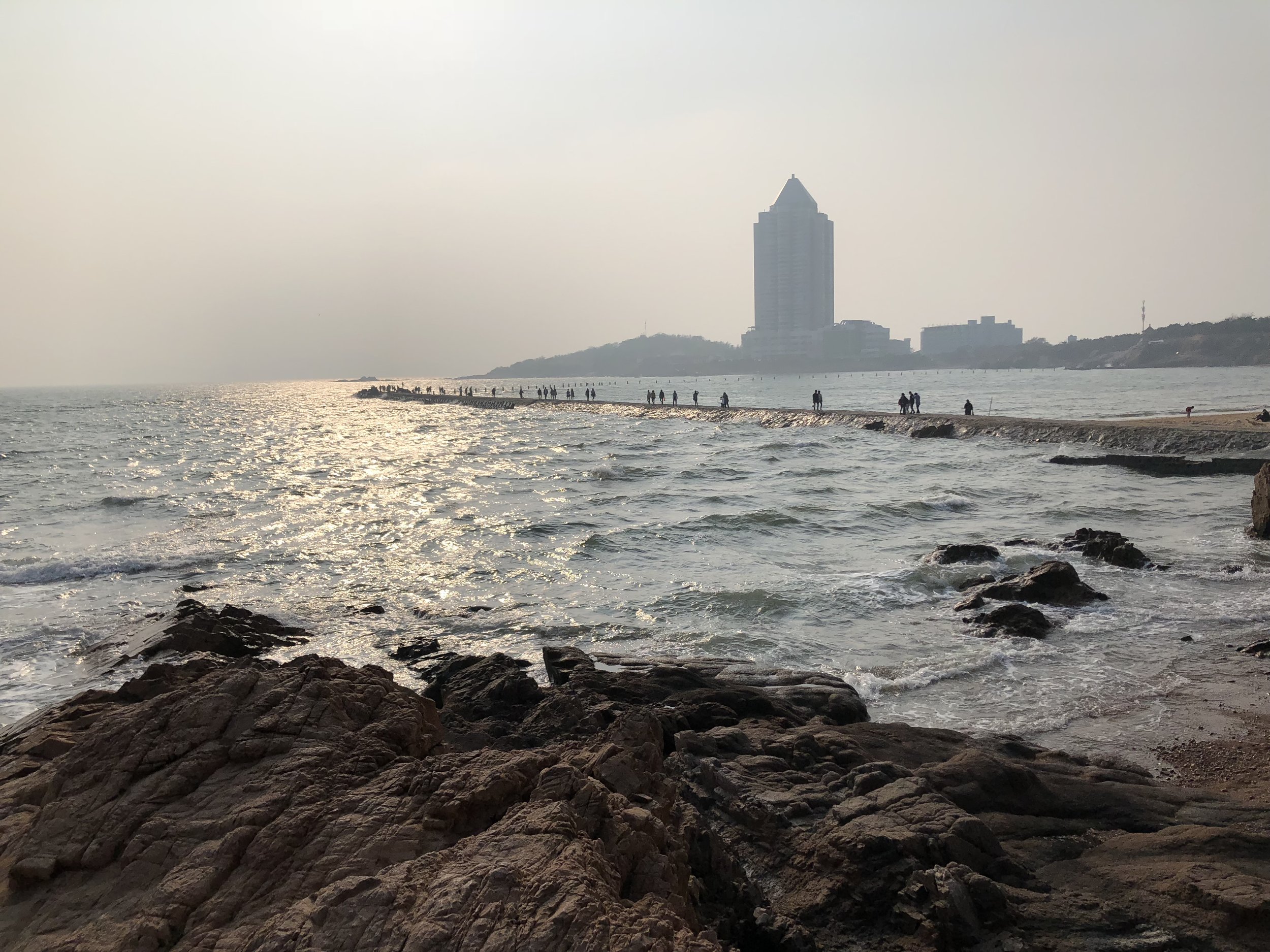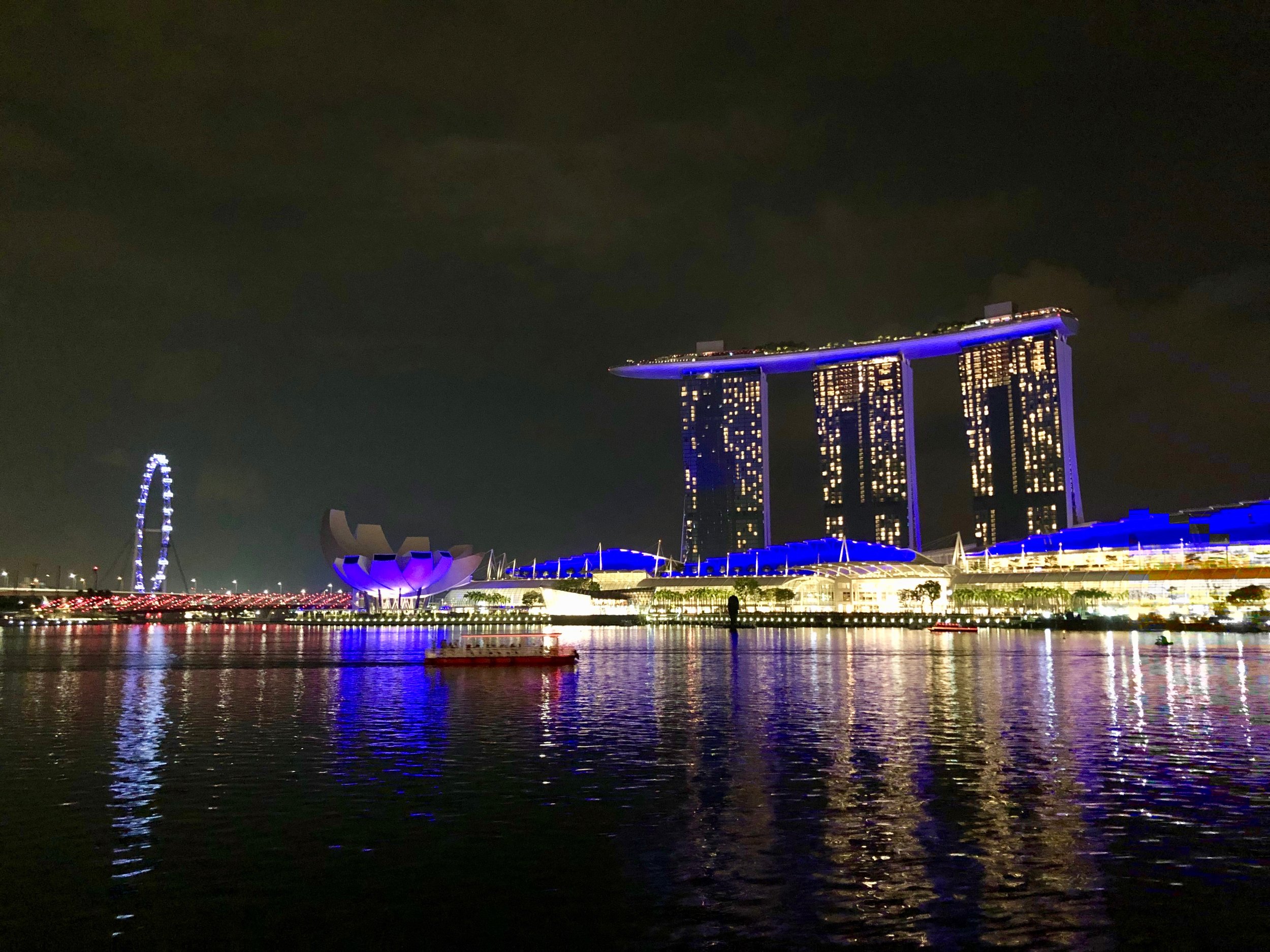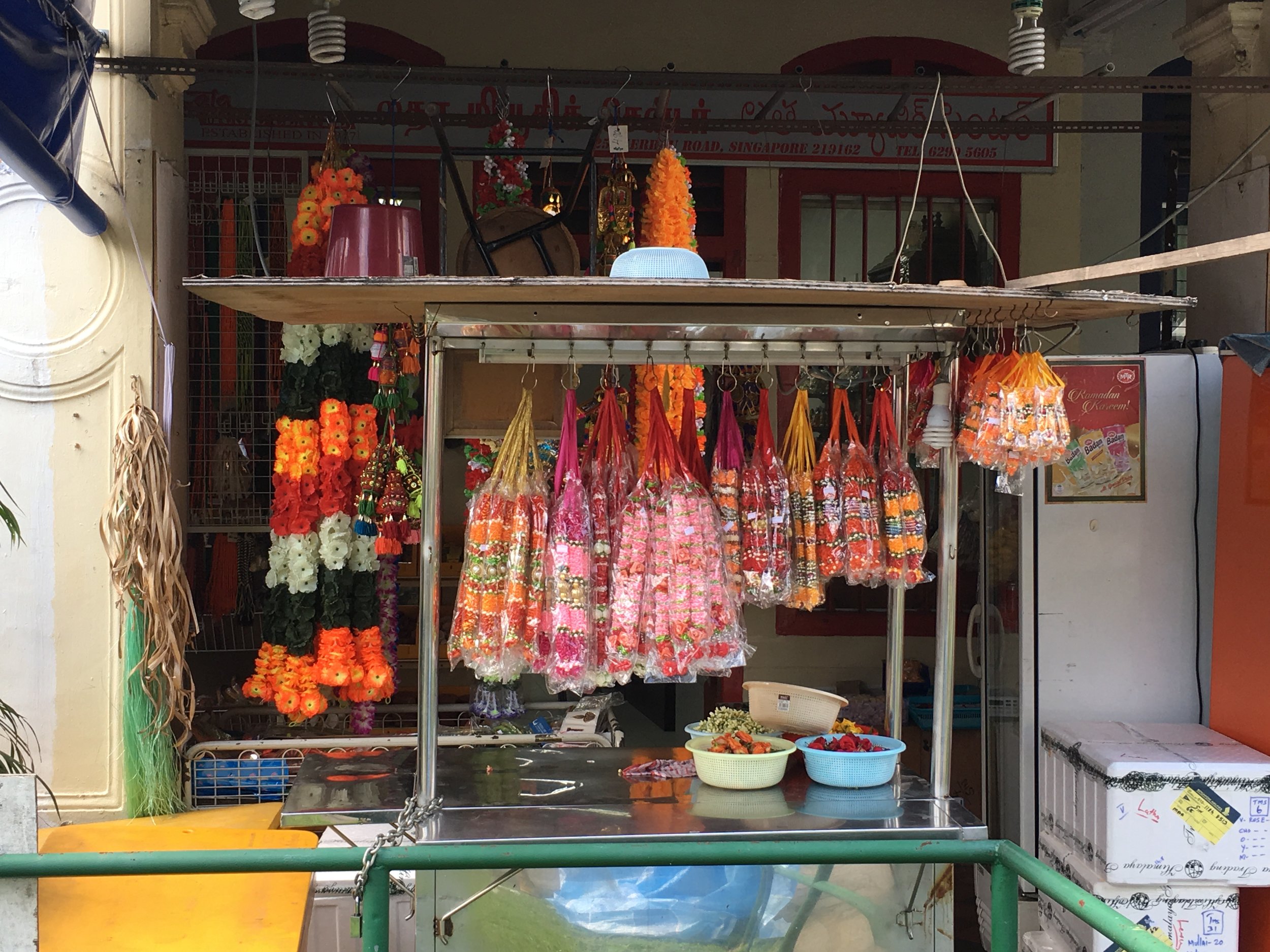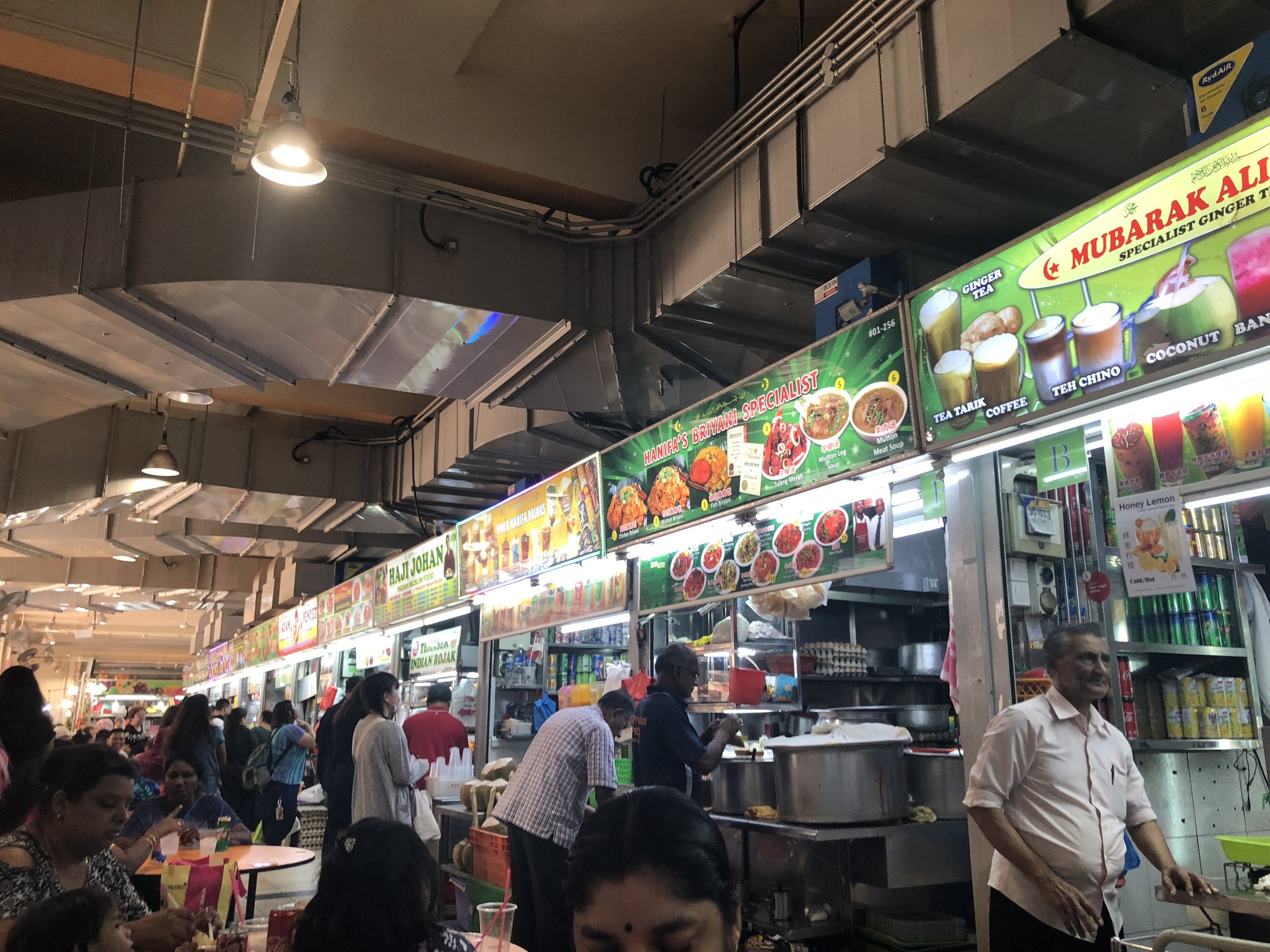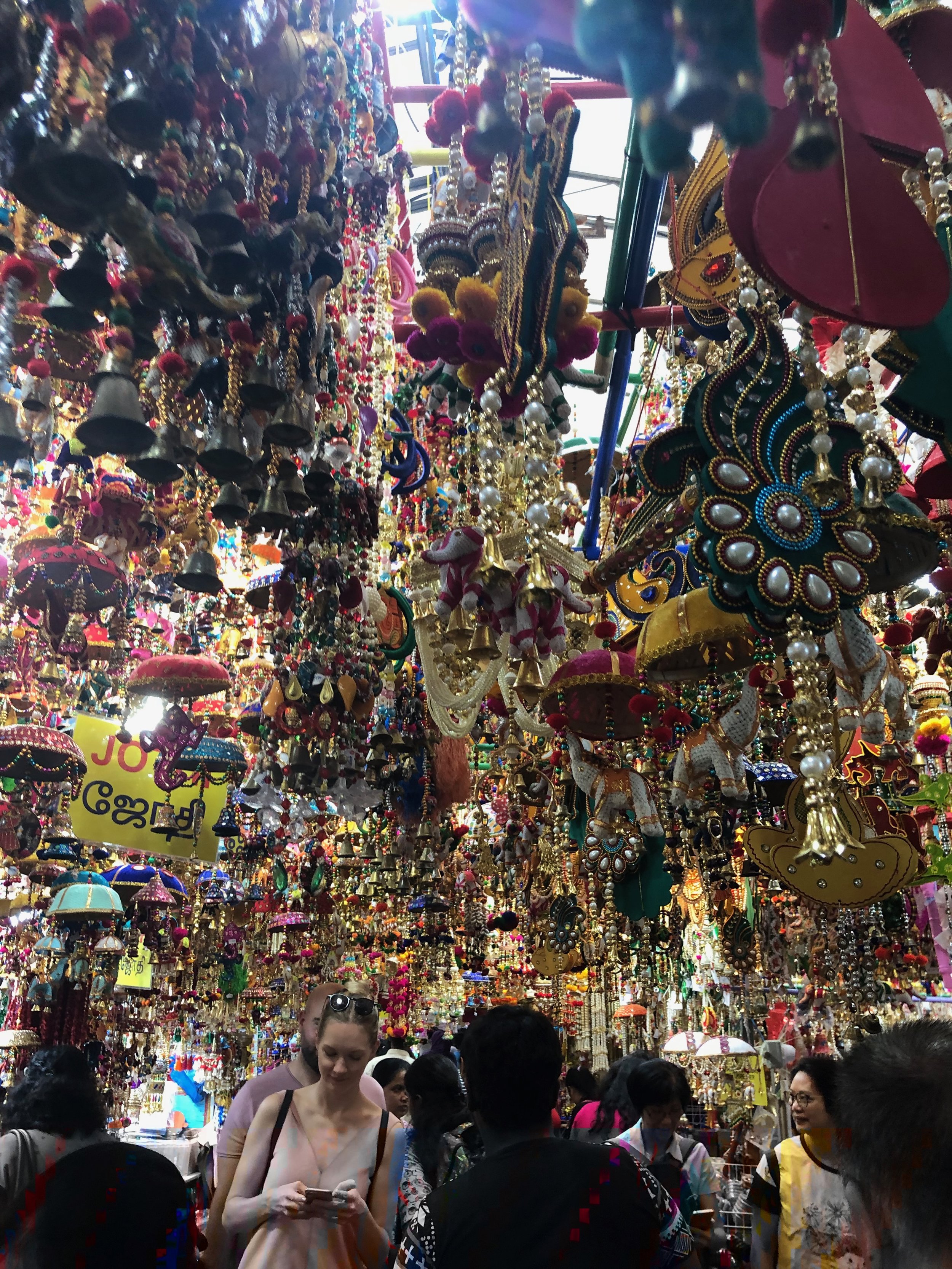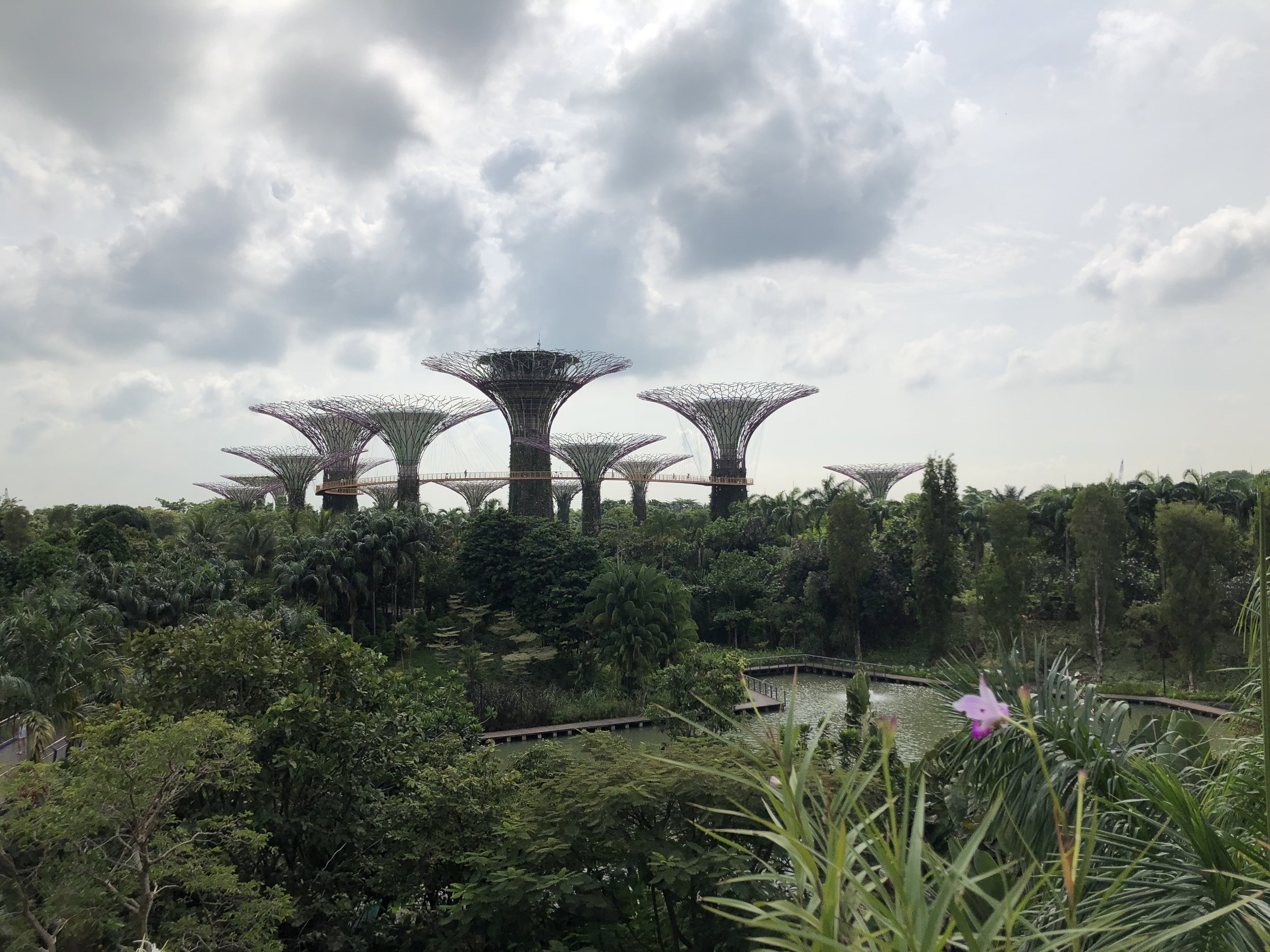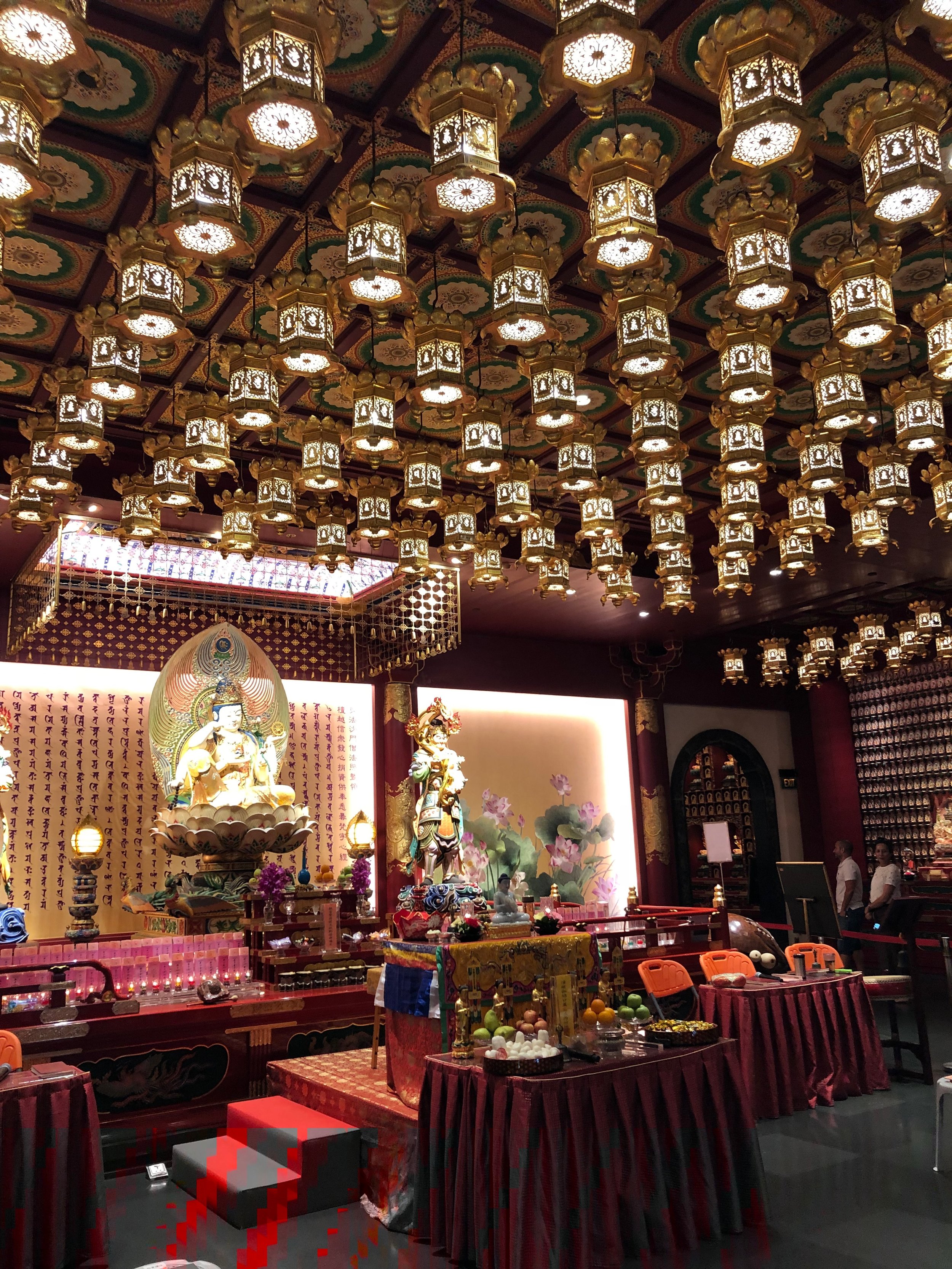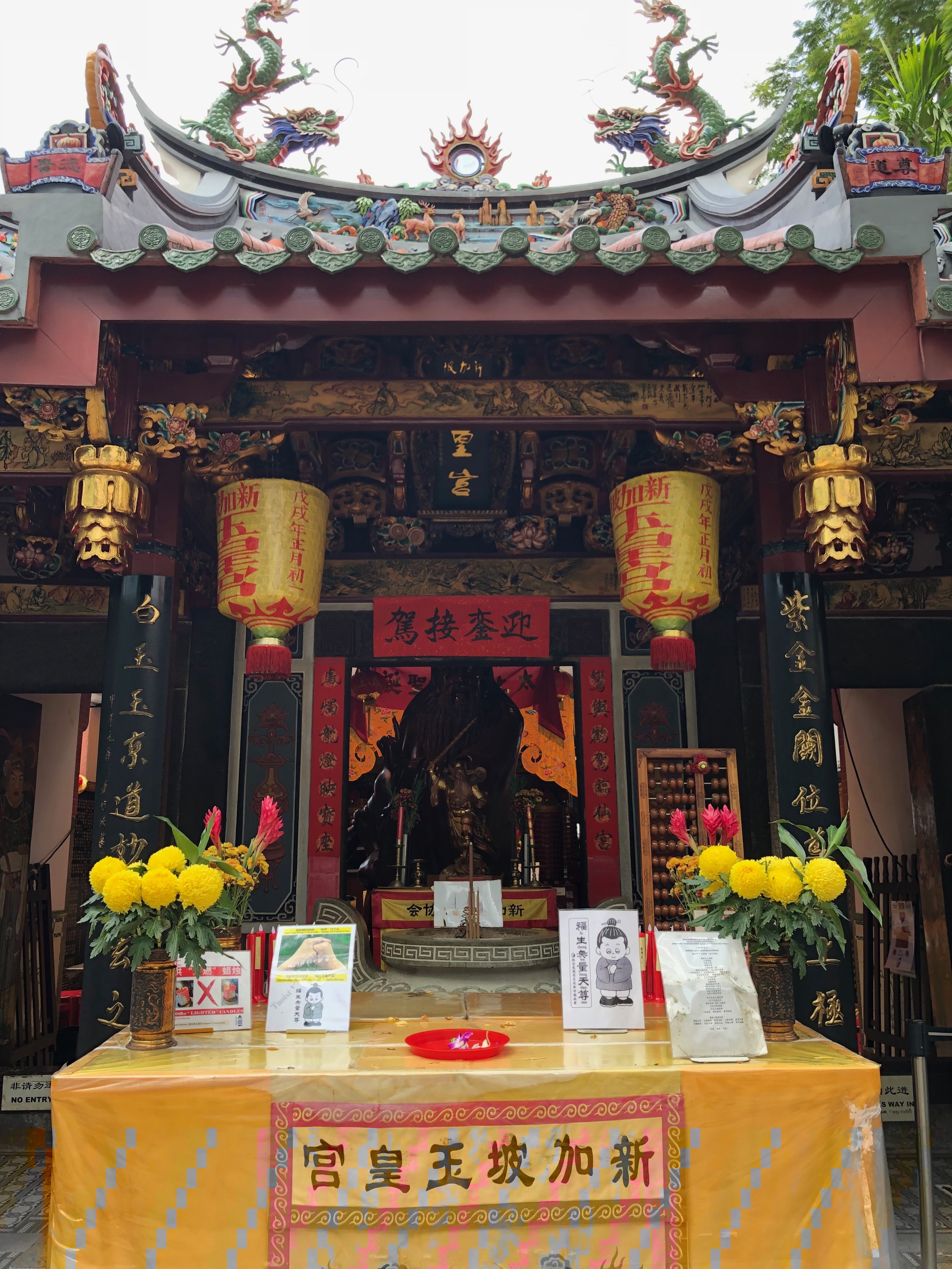When we were asked by our client for a short incentive program to Beijing, we didn’t realize how short they had in mind. After finding out that the highend program had to be compacted into three days, we only then realized the magnitude of the challenge. Thankfully, there is so much to do in this magical capital city that our challenge was to try to be very selective. After arriving in China’s Capital midday from the US, the group was checked in the centrally-located 5-star Waldorf Astoria Beijing. Hilton family’s upscale brand was the perfect fit for our VIP guests.
Rich Chinese tradition and modern affluence flawlessly blend at the luxury Waldorf Astoria Beijing. We specifically chose Waldorf because it is located in the heart of the Wangfujing area, within walking distance of major milestones that we had to cover, including Tiananmen Square and the Forbidden City.
Oriental charm meets contemporary luxury at Waldorf Astoria Beijing. From the sleek and stylish lobby to the opulent bathrooms, our guests were treated to a unique blend of modern elegance, rich Chinese heritage and dependable Waldorf service.
Unfortunately for our travel weary guests, there was no time for recovery from the long trip. Comfortable shoes on and box lunches in hand, the group was led to the “Forbidden City” as their first introduction to Beijing.
Operating under the official title of "The Palace Museum," the Forbidden City (also known as the Imperial Palace) has been a place of wonder and mystery for over 500 years. This massive complex sits on the northern edge of Tiananmen Square at the epicenter of Beijing. Beyond its towering fortifications, our guests found an intricate labyrinth of squares, halls, gates, pavilions, sleeping quarters, and temples. In some of the structures, curated art and historic relics have been placed; however, the greatest achievement is the compound itself. We made sure the group did not miss the highlights that included the Meridian Gate, the Turret, the Antiquarium, and the Imperial Garden.
After the tour and a short tea break, we headed to Tiananmen Square, which is among world’s most famous public square (think Time Square). We were pleasantly surprised that most participants in the group recognized the Gate of Heavenly Peace—emblazoned with a portrait of Chairman Mao—as a symbol of Beijing. That recognition notwithstanding, it seemed our group was universally impressed by the vast size of the place. The square is the geographic, political, and tourist center of the Beijing, which makes it a must see. Although Tiananmen Square looks like a field of concrete, we wanted the group to see it for the surrounding attractions including the Great Hall of the People, Chairman Mao's Mausoleum, and the National Museum of China. We had to remind the group that taking a picture here is almost required to prove they had been to Beijing.
Given the massive size of the Forbidden City and Tiananmen Square, not to mention the long-haul flight from the US, the group was in bad need of rest. So after a quick dinner on the go, we rushed them back to the hotel for a well-deserved night’s sleep.
For some people, China conjures up only one image: The Great Wall. Our group was no exception. So, naturally we had to dedicate Day Two to an excursion to the most famous monument in the world. Located just north of Beijing lies portions of the Great Wall. Although it is impossible to see the whole thing (after all, it measures about 5,500 miles long), the intent was for the group to experience a portion of it. That begs the question: Which section?
For the novice to Beijing, only an hour's drive northwest of Beijing, the Badaling section is convenient, hosts a large souvenir market, and has a gondola to whisk visitors up and down the wall. However, the place is naturally overcrowded with tourists. This creates mob-like scenes that can spoil the experience for a VIP group.
The Mutianyu section, close to two hour's drive northeast of Beijing, was our favorite section for our discerning guests. Here, they discovered majestic mountainous vistas, a cable car for quick-and-easy access, a fun sled ride down, and (best of all) fewer tourists. With a good supply of water, sunscreen, and snacks, the group got to live this grand experience for themselves—although naturally some guests found the hike challenging and tiresome.
By the time we returned to the city, night had already fallen and the group welcomed their readied beverages prior to their authentic Chinese dinner at the famed restaurant Zijin Mansion.
You can’t come to Beijing and not experience a shopping marathon. We had saved Day Three for just that. The group got to choose which direction to go: Some elected ritzy shops while others were more interested in authentic Chinese artifacts. But both groups agreed on one destination: The Silk Market.
Silk Market Beijing, also known as Silk Street, Xiushui Street or Xiushui Market, is a prosperous shopping market in the city, located on Xiushui Street in the Chaoyang District. While it started as an outdoor market, the Silk Market is now a shopping mall, which accommodates over 1,000 retailers and is regarded as one of the symbols of Beijing. Many foreign visitors, including some celebrities, enjoy Silk Market Beijing for shopping or having their clothes tailor-made. Even the former president, George Bush, visited the Silk Market with his daughter to buy some silk robes. Although there are a variety of goods in Xiushui Street, the most attractive goods are silk. Even a silk museum has been built on the third floor.
After their shopping extravaganza, the group was treated to an authentic afternoon teatime before rushing to their rooms to fit their purchases in their bloated luggage for their trip home.
Next time you want to impress your high achievers, let the Maxxus Group suggest something more enlightening than the humdrum all-inclusive beach hotel.








